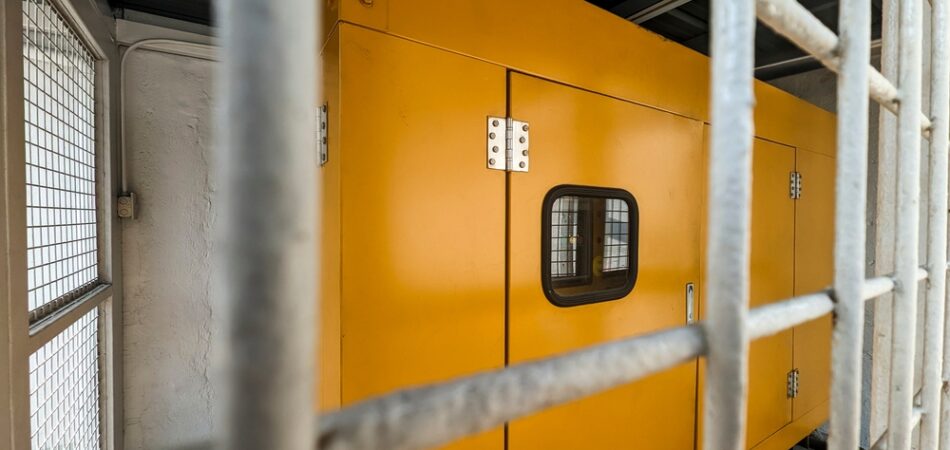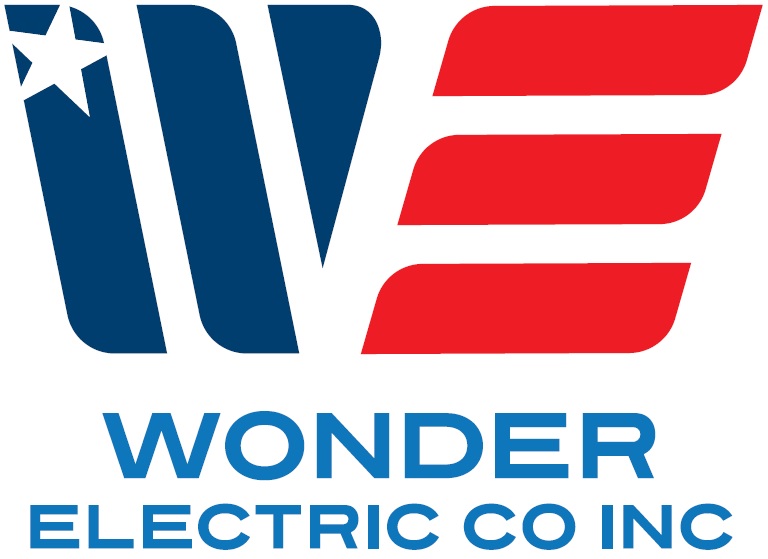
In the arid desert climate of Twentynine Palms, California, soaring temperatures are not just a discomfort—they’re a serious operational threat to businesses and facilities. With frequent heatwaves straining the local power grid, energy interruptions can cripple essential systems, disrupt operations, and even risk the safety of personnel. As a result, ensuring uninterrupted power during these sweltering periods has become a top priority for many local facility managers and business owners. Keeping your facility powered through heatwaves requires more than just luck—it calls for expert planning, robust infrastructure, and a reliable partnership with a skilled electrical contractor.
Whether you manage a commercial complex, medical facility, military installation, or an industrial site, understanding how to secure commercial backup power and prepare your facility for the brutal summer season is critical. In this blog, we’ll explore comprehensive strategies to ensure operational continuity during power outages in Twentynine Palms.
The Impact of Twentynine Palms Heatwaves on Power Infrastructure
Twentynine Palms is known for its desert environment, with summer temperatures frequently exceeding 110°F. During heatwaves, energy consumption skyrockets as air conditioning systems and cooling equipment run at full capacity. This surge in demand strains the regional electrical grid and increases the risk of power outages, brownouts, and voltage fluctuations. Facilities that aren’t properly prepared often experience sudden shutdowns, data loss, damaged equipment, or even fires caused by overheated systems.
The vulnerability of the grid becomes particularly problematic in a region as remote as Twentynine Palms. Repair crews may take longer to respond, and the harsh environmental conditions can impede restoration efforts. Facilities providing critical services—such as healthcare centers, military bases, and logistics hubs—cannot afford downtime. Thus, mitigating this risk with a sound commercial backup power strategy becomes essential.
In addition, climate change has intensified the frequency and duration of extreme heat events, which has made long-term planning even more important. The cost of unpreparedness—lost revenue, property damage, and operational delays—can far exceed the investment in preventative measures like generator installation or electrical system upgrades.
Why Partnering With an Electrical Contractor Is Essential
When it comes to safeguarding your facility during heatwaves, hiring an experienced electrical contractor is a crucial first step. A qualified contractor will assess your facility’s unique energy needs, evaluate your current electrical system’s resilience, and recommend the most effective solutions for commercial backup power. This personalized approach ensures that you’re not relying on a one-size-fits-all solution but on a tailored strategy built for your specific operation.
A licensed electrical contractor will also ensure that your power systems meet all local codes and safety standards. This includes verifying load capacities, integrating transfer switches for seamless generator activation, and inspecting existing infrastructure for signs of wear or overload potential. Without this level of professional oversight, DIY solutions or improperly installed equipment can lead to catastrophic failure during a heat emergency.
Beyond installation, electrical contractors provide valuable maintenance services. Routine checks and performance testing are essential to keeping your commercial backup power systems in top condition. They’ll identify minor issues before they become major failures, offer emergency repair services, and provide updates on evolving technologies that can improve energy efficiency and reliability.
In a place like Twentynine Palms, where both environmental challenges and logistical limitations are prominent, relying on a seasoned electrical contractor is not just a recommendation—it’s a requirement for business continuity.
Selecting the Right Commercial Backup Power System
Choosing the appropriate commercial backup power system involves a detailed analysis of your facility’s operations and electrical demands. The two most common backup solutions are standby generators and uninterruptible power supply (UPS) systems. While UPS systems provide short-term, immediate power to keep critical devices running, standby generators offer long-term power during extended outages.
For most facilities in Twentynine Palms, diesel or natural gas-powered generators are the go-to solution. These systems are designed to activate automatically when the main power supply fails, ensuring minimal disruption. High-capacity generators can sustain entire buildings for hours—or even days—depending on fuel availability. When working with your electrical contractor, consider factors such as run-time requirements, fuel source logistics, noise levels, and emission compliance.
Solar-powered systems with battery storage are also becoming increasingly popular in the region. These eco-friendly alternatives not only provide clean energy during grid outages but also help reduce operating costs over time. However, their effectiveness during heatwaves depends heavily on system size and battery capacity, which must be thoroughly evaluated before implementation.
Redundancy is another critical consideration. A robust commercial backup power plan may include multiple generators or hybrid systems that combine solar and fuel-based technologies. Your electrical contractor can help design a layered approach to ensure that even if one system fails, another is ready to take over.
Ultimately, your backup power system must align with your mission-critical operations. A facility managing perishable inventory, for example, may prioritize continuous refrigeration, while a data center would focus on server uptime. In either case, a customized solution is key.
Facility Design and Energy Efficiency Considerations
The effectiveness of your commercial backup power system is only as good as the facility it supports. To make the most of your energy investments, consider optimizing your building for efficiency and heat resilience. This includes upgrading insulation, sealing leaks, and investing in energy-efficient HVAC systems that reduce the load on your backup power.
Strategic design elements—such as reflective roofing, sunshades, and smart window placement—can significantly lower internal temperatures, decreasing reliance on air conditioning during heatwaves. These architectural choices not only reduce your carbon footprint but also extend the runtime of your backup power systems.
It’s also essential to segment your facility’s electrical load. By prioritizing critical circuits over non-essential ones, you can maximize the capacity of your backup system. A professional electrical contractor can implement load-shedding systems that automatically turn off non-critical functions during an outage, preserving power for mission-essential equipment.
Another aspect to consider is the facility’s electrical panel and wiring. Older infrastructure may not be capable of handling the load transfer required during a blackout. Upgrading these components ensures smoother transitions between main and backup power sources and reduces the risk of damage or fire.
Implementing energy management systems (EMS) can also play a vital role. These technologies provide real-time monitoring and control over your facility’s energy consumption. During peak usage—such as a midday heatwave—an EMS can automatically adjust settings to reduce strain and extend generator operation time. Integration with renewable energy sources and battery storage further amplifies these benefits.
Long-Term Strategies and Community Preparedness
While protecting your own facility is essential, Twentynine Palms businesses and organizations can also benefit from a collaborative approach to heatwave preparedness. Working in coordination with local governments, utility companies, and other enterprises can lead to shared resources, community resilience plans, and improved emergency response.
A forward-looking strategy might include participation in demand-response programs, where facilities agree to reduce power usage during peak demand in exchange for incentives. These programs help stabilize the grid and reduce the likelihood of widespread outages. Your electrical contractor can assist with the technical requirements needed to participate in such initiatives.
Regular emergency drills and training for staff also ensure that everyone knows their role during a power outage. Whether it’s securing inventory, switching to backup systems, or following evacuation protocols, a well-prepared team can make a significant difference in maintaining safety and productivity.
It’s also wise to maintain a documented emergency power plan. This plan should outline system specifications, fuel supply chains, maintenance schedules, and emergency contacts. Regularly reviewing and updating this document ensures that you’re always prepared for the next extreme event.
Finally, think about future-proofing. Investing in scalable systems allows your backup power infrastructure to grow alongside your facility. As technology evolves and energy needs shift, having a modular approach ensures long-term viability without constant overhauls.
Conclusion
Keeping your facility powered during Twentynine Palms heatwaves is an ongoing challenge that demands foresight, expert guidance, and strategic investment. By partnering with a qualified electrical contractor, implementing robust commercial backup power systems, and optimizing your facility’s energy resilience, you can protect your operations from the region’s harshest conditions. Heatwaves may be inevitable—but power loss doesn’t have to be.
